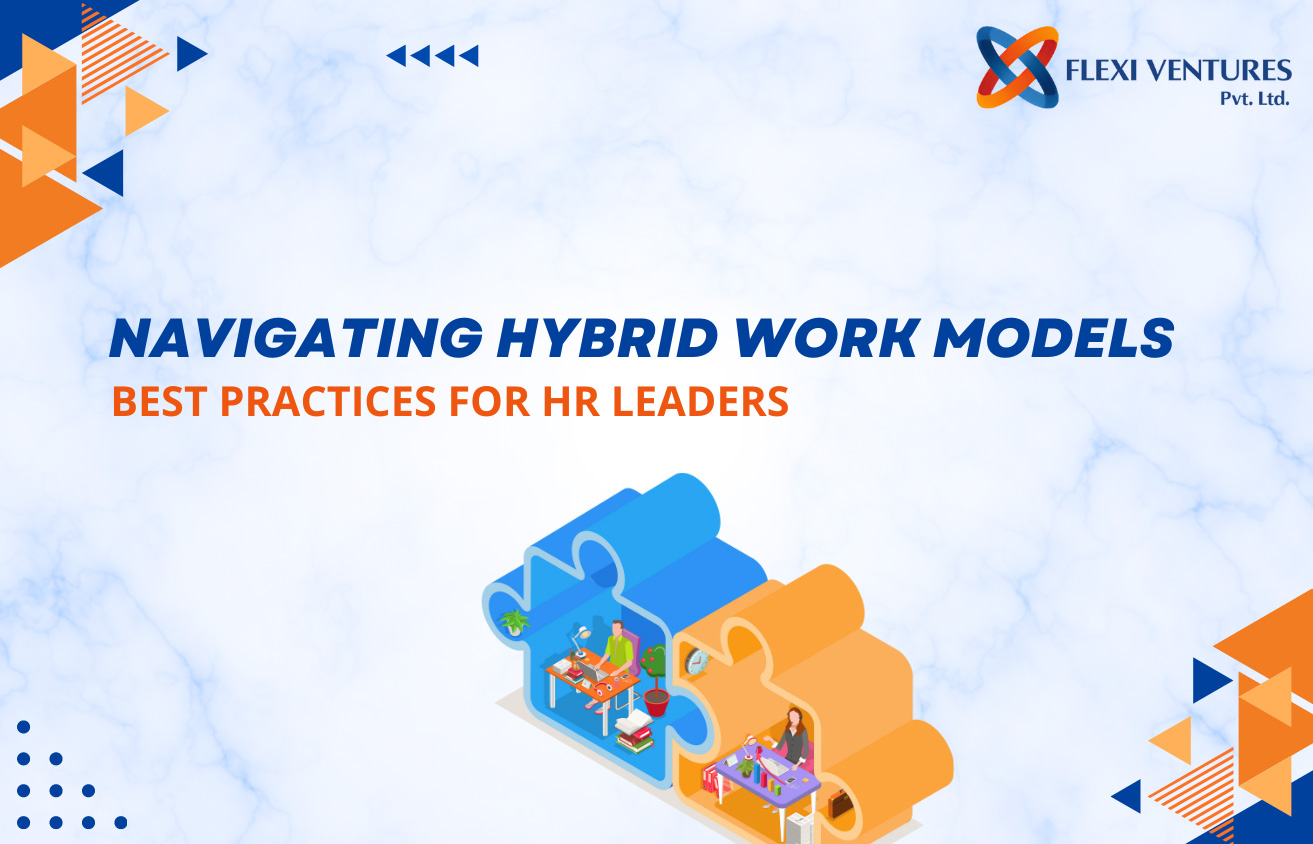As we progress the concept of work has undergone a monumental shift, arguably the most significant since the Industrial Revolution, largely driven by technological advances and recent necessity. Early 2020 saw global disruptions necessitating a sudden transition from traditional office settings to remote work environments. This adaptation wasn’t just a temporary fix but marked the onset of a new work era—the hybrid model.
Initially, remote work served as a crisis management tool, yet it unexpectedly revealed potential benefits as a permanent arrangement. Many organizations observed an increase in productivity and an improved work-life balance. However, as we moved towards a semblance of normality, it became clear that neither traditional nor fully remote setups fully addressed the new expectations for workplace flexibility.
Thus, the hybrid model emerged, blending remote and in-office work, offering flexibility and the advantages of direct collaboration and community. Looking forward to 2024, leaders are not merely adopting but refining this model to optimize productivity and sustain an engaging workplace culture.
What is a Hybrid Way of Working
The hybrid way of working is a modern employment model that combines the traditional office environment with the flexibility of remote work. This approach aims to leverage the strengths of both setups, creating a more dynamic, flexible, and employee-centric workplace. At its core, the hybrid model emphasizes choice and adaptability.
It allows employees to divide their work time between home and the office based on the task, personal preferences, or team needs.
Originally emerging from the necessity of remote work during global disruptions, the hybrid model has evolved into a preferred strategy for businesses aiming to boost productivity while maintaining high levels of employee satisfaction and well-being.
The hybrid model supports a balance of solitude and collaboration by offering the option to work from home, the office, or any other conducive environment. It facilitates focused work away from office distractions when needed and promotes direct, collaborative efforts in a shared space when beneficial.
As we approach 2024, the hybrid model isn’t just a trend but a significant shift in how work integrates into our lives. It challenges the traditional 9-to-5 grind by prioritizing results over attendance, thereby redefining modern professionalism in a digitally connected world.
Benefits of a Hybrid Workforce
The hybrid workforce model offers numerous advantages that enhance organizational effectiveness and employee satisfaction. Here are seven key benefits:
- Enhanced Work-Life Balance: Employees can manage their schedules flexibly, reducing commute times and allowing them to work during their most productive hours. This flexibility promotes a healthier balance between personal and professional life.
- Increased Productivity: By enabling employees to choose their work environment based on the task, the hybrid model can boost individual productivity levels, as workers are less bound by the traditional constraints of office life.
- Expanded Talent Pool: Organizations are no longer limited to local talent. The hybrid model enables the recruitment of candidates from a broader geographic area, enhancing diversity and introducing a range of perspectives and skills.
- Cost Savings: With fewer employees in the office daily, businesses can reduce the size of physical office spaces and cut costs related to utilities, office supplies, and real estate.
- Sustainability: Reduced commuting and office use can lower a company’s carbon footprint, contributing to environmental sustainability goals.
- Inclusivity: The flexibility of the hybrid model supports diverse workforce participation, including individuals with caregiving responsibilities or those who live in remote areas.
- Adaptability: Hybrid work setups enable organizations to swiftly adjust to changing circumstances, such as public health concerns or economic fluctuations, ensuring business continuity with minimal disruption.
9 Best Practices for Leading Hybrid Work
As a leader in a hybrid work environment, fostering a productive and inclusive culture requires thoughtful strategies. Here are nine best practices to effectively facilitate hybrid work:
- Establish Clear Policies: Define and communicate clear guidelines about when and where employees are expected to work, balancing flexibility with organizational needs.
- Invest in Technology: Ensure all team members have access to the necessary tools and technologies to facilitate seamless communication and collaboration, regardless of location.
- Regular Check-ins: Implement regular one-on-one and team check-ins to stay connected with employees, discuss their progress, and address any concerns.
- Foster Inclusivity: Actively ensure remote participants are included in meetings and discussions to prevent the “out of sight, out of mind” effect.
- Encourage Flexible Work Hours: Recognize that employees may have different peak productivity times and allow for flexible working hours as long as they align with team and business needs.
- Provide Continuous Training: Offer ongoing training and support to help employees adapt to hybrid work dynamics, including time management and digital tools training.
- Promote Well-being: Actively promote work-life balance and mental health by encouraging employees to take breaks and disconnect after work hours.
- Transparent Communication: Maintain transparency about business operations and changes. Regular updates build trust and ensure everyone stays on the same page.
- Measure Productivity Appropriately: Focus on outcomes and deliverables rather than online presence or hours logged, which encourages efficiency and satisfaction among team members.
In conclusion, navigating the evolving hybrid work model in 2024 requires adopting best practices in leadership, maintaining employee engagement, and addressing unique challenges. By establishing clear policies, investing in robust technology, and fostering an inclusive culture, leaders can effectively manage dispersed teams. Engaging the workforce enhances productivity, innovation, and talent retention, ensuring a cohesive work environment. The ability to adapt and optimize these strategies will distinguish successful organizations. Embracing the hybrid model proactively will create a more dynamic, flexible, and resilient workplace.
Additional Resources
- https://www.researchgate.net/publication/373542790_THE_IMPACT_OF_REMOTE_WORK_ON_HR_PRACTICES_NAVIGATING_CHALLENGES_EMBRACING_OPPORTUNITIES
- https://www.mdpi.com/2076-3387/13/6/150
- https://cmr.berkeley.edu/2024/03/designing-the-hybrid-work-model-strategies-for-success/
For more information on HR consulting or support services visit our website
Visit our Website – www.flexiventures.in
Call – 8080100001
Email – contact.us@flexiventures.in

